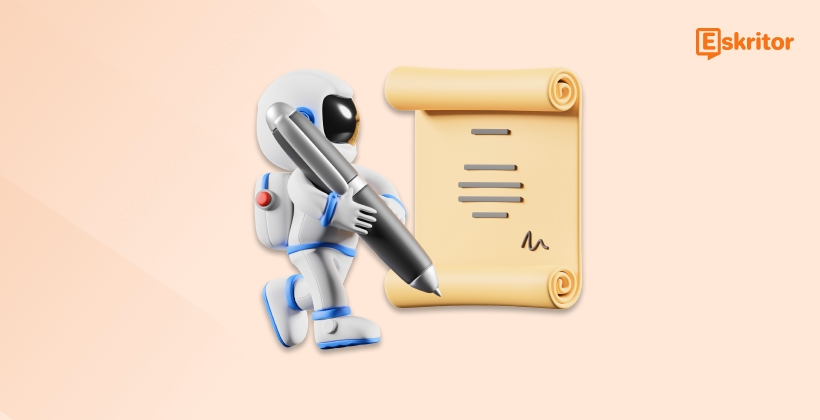AI Editing Features That Improve Your Writing Workflow
AI Editing Features That Improve Your Writing Workflow
Blog Article
Why AI Editing is Revolutionizing Proofreading
As synthetic intelligence (AI) evolves, it continues to revolutionize how we approach contemporary editing practices. From syntax modification resources to sophisticated material technology platforms, AI Editing is reshaping the way in which authors, editors, and makers refine their work. This blog examines the role AI represents in modern modifying and the impact it has across industries.

AI-Powered Tools Leading the Charge
AI-powered instruments have become an crucial part of editing workflows. Pc software fueled by organic language running (NLP) and machine learning is able to do jobs like grammar checks, stylistic ideas, and phrase restructuring with incredible speed and accuracy.
For example, AI-based syntax checkers may identify mistakes that the human eye may possibly neglect, such as subject-verb contract dilemmas or misplaced modifiers. Similarly, fashion enhancements developed by AI make certain that tone and flow arrange with the supposed market, which is invaluable for skilled editors.
These instruments are not just restricted to standard syntax corrections. They can handle improving readability, transforming inactive style to productive style, and even paraphrasing entire paragraphs without adjusting the meaning.
Effectiveness Matches Time Savings
Studies show that the use of AI tools can minimize modifying time by up to 30%. Rather than poring around every phrase personally, editors may concentration their initiatives on creative and strategic elements of content. This shift allows professionals to manage higher amounts of text in shorter intervals, that will be particularly valuable for industries like publishing and digital marketing.
Also, predictive AI characteristics can highlight repeating problems, helping authors improve their abilities around time. For companies, that translates to fewer resources spent on changes and more refined outputs from the comfort of the start.
Improving Convenience and Globalization
AI's position in modern editing stretches beyond efficiency. Sophisticated interpretation and localization instruments allow designers to adjust material seamlessly for international readers, breaking down language barriers with precision. That technology ensures that the same concept can resonate with countries world wide while maintaining its authenticity.
AI also improves inclusivity requirements by improving convenience in content. As an example, calculations may identify possibly non-inclusive language and recommend alternatives. This capability enables writers to refine writing therefore it resonates with diverse audiences.

Impressive a Harmony Between AI and Individual Creativity
While AI excels in pace and reliability, it does not change human editors. Devices usually lack the ability to understand nuance, feeling, or national context fully. The perfect process combines AI's effectiveness with human creativity and information, resulting in really exemplary work.
By leveraging these systems in modern modifying practices, makers and authors likewise may produce supreme quality material that aligns with the fast-paced demands of today's electronic world. AI could be the potential of modifying, nevertheless the human touch will always be needed for storytelling and connection. Report this page